As mentioned, the specific features of China's 6th generation fighter jet (tentatively called J-36) that was just demonstrated at the end of December are not yet clear.
Generation 5 is not yet complete
To date, with the J-20 and J-35 lines, China is among the few countries producing 5th generation stealth fighters.

J-20 (left) and F-22 fighters are both 5th generation.
Among these, the J-35 series has not yet been mass-produced. In fact, the J-35 was developed from the FC-31 prototype that was tested in 2012. However, it was not until 9 years later, in 2021, that the J-35 was tested. Considered a specialized version for the navy, the J-35 is designed with foldable wings and can use the thrusters on aircraft carriers to support take-off. The J-35A version of the J-35 series for the air force was only tested in late 2023. Therefore, if according to the roadmap, it takes at least 5-7 years for the process from the first test flight to mass deployment, then China still needs more time to reach the step of mass deployment of the J-35. On the US side, the country has developed 3 versions of the F-35 including the basic version with conventional take-off/landing conditions, the short take-off/vertical landing version, and the version with thrusters and short take-off/landing runways for aircraft carriers.
Not only that, the 5th generation fighter jets such as the US F-22 and F-35 have participated in real combat for many years, or the 5th generation fighter jet Su-57 of Russia recently also fought in the Ukrainian battlefield, but the Chinese J-20 has not had any real combat yet.
In particular, the US F-22 is the only fighter jet with a super-fast cruise mode, with a cruise speed of up to mach 1.5 (1.5 times the speed of sound). Specifically, to reach supersonic speeds, conventional fighters must activate their "afterburners" (boost combustion chambers) which consume a lot of fuel, thus reducing their combat radius. However, the F-22 can reach mach 1.5 without having to activate its "afterburners", thus saving significantly on fuel compared to other fighters, although it can still fly at high speeds to quickly reach its target. Because of these great advantages, the F-22 has not been sold by the US to other countries to date.
Therefore, the strength of China's 5th generation fighter jets is still not complete according to the country's goals, and it is difficult to compare with the US.
Naval airpower limitations
Overall, despite owning three aircraft carriers, the actual capabilities of these ships are still limited, leading to the Chinese navy not yet making a breakthrough in air power.
Because the J-35 carrier version has not been developed, China's aircraft carriers still only carry J-15 fighters. Of the three aircraft carriers, the Liaoning and Shandong do not have catapults and still rely on the upturned nose design, while the Fujian aircraft carrier, which is equipped with an electromagnetic catapult, is still in the testing phase.
Meanwhile, in an analysis when answering Thanh Nien , Dr. Satoru Nagao (Hudson Institute, USA) assessed that the J-15 actually still has many problems that need to be overcome when deployed with the Liaoning and Shandong aircraft carriers. The reason is that the J-15 aircraft is too heavy to take off and land on aircraft carriers, while both Liaoning and Shandong aircraft carriers of China are not equipped with aircraft thrusters.
Specifically, the J-15 has a maximum take-off weight of up to 33 tons, while the F/A-18 on US aircraft carriers has a maximum take-off weight of 23 tons.
Meanwhile, not only equipped with aircraft catapults, the US Nimitz-class and Ford-class aircraft carriers both have a displacement of over 100,000 tons and a length of over 330 meters, which is much larger and longer than the displacement of about 70,000 tons and length of 300 and 315 meters of the Liaoning and Shandong aircraft carriers, respectively. In addition, with the short take-off and vertical landing versions, the US F-35 fighter jet is also deployed by this country on Wasp-class and America-class amphibious assault ships to operate as aircraft carriers.
Therefore, although nominally having the second largest number of aircraft carriers in the world , after the US, China is still far behind its opponents in terms of naval aviation combat capabilities.
Source: https://thanhnien.vn/trung-quoc-co-vuot-qua-my-thong-tri-bau-troi-185250105225550485.htm






![[Photo] Binh Trieu 1 Bridge has been completed, raised by 1.1m, and will open to traffic at the end of November.](https://vphoto.vietnam.vn/thumb/1200x675/vietnam/resource/IMAGE/2025/10/2/a6549e2a3b5848a1ba76a1ded6141fae)





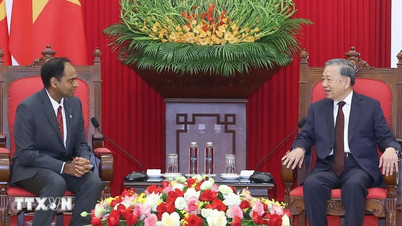





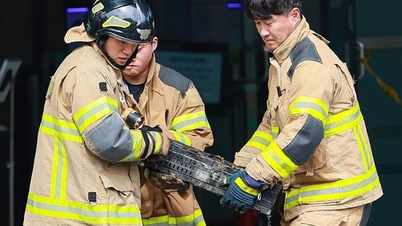









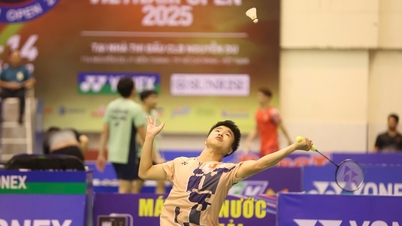



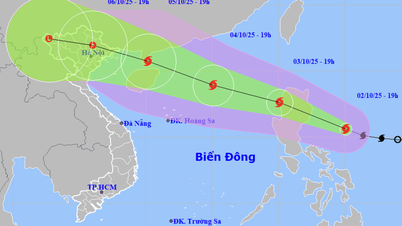





































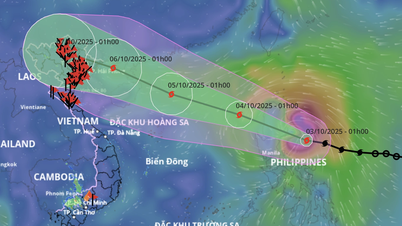
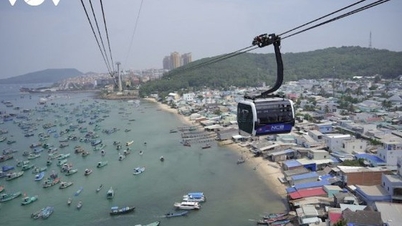

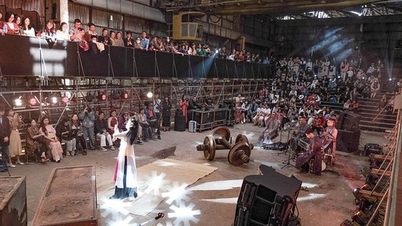

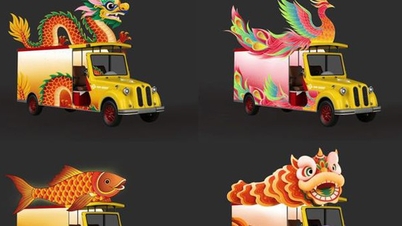









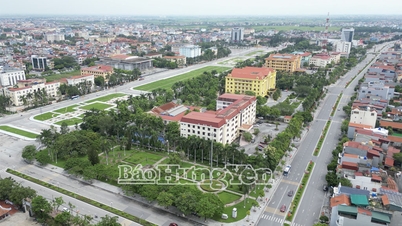













Comment (0)